by Islam El Shazly
It has been a while since the last post; I’m still getting used to blogging, that, and been working on several articles and the guides pages at the same time.
Cairo; the city of a thousand minarets, that is what Cairo has been referred to in the past, and from time to time, it gets called by that name again, even though Cairo has way more than a 1000 minarets now.
In the older parts of Cairo there a lot of mosques that were build during the time of the Mamluks, they were not one dynasty, rather a sultan after the next. Mamluk literally means ‘owned’, i.e., slave. The Mamluks were an amalgam of Turks, Uzbeks, Caucuses, Circassians, and Chechnians, among others. The trend of purchasing them as young boys and train them in the arts of war started during the Abassid’s dynasty, and reached a peak at the time of Salah El-Deen, the Mamluks that ruled the Muslim world after the death of the last Ayubid Sultan are the ones who eventually built most of the Islamic monuments that one would see in old Cairo.
The most famous of them, in no particular order, would be Qutuz, Beybars, Al-Ghoury, ibn Qalawun, Barquq, Barsbay, and Qaitbay. The problem with the Mamluks is that they were ‘slaves’, and slaves cannot own anything, let alone rule. They were also not very well educated in religion themselves, even though they established many schools, referred to as ‘katateeb’ for free to teach people reading and writing and religion; that is the main reason why most of their mosques cannot be prayed in!
For us Muslims, mosques are a place of worship, graves and mausoleums have no business being built inside a mosque. To that effect, the mamluks copied the actions of the Shiites who ruled in Egypt as the Fatimids, and to an extent they also copied the Christians and the Jews. The mamluks were Sunnis. The Fatimids are the ones who started the trend though.
In effect most mosques in old Cairo cannot be prayed in, even if you see someone praying they are ignorant of that fact or they are Sufis.
However, some of these mosques are works of art, like Al-Sultan Hassan mosque behind the Citadel, and the Mohamed Ali mosque inside the Citadel itself ; there’s another mosque inside the Citadel that in my opinion is neglected by a lot of people and it is a work of art itself, the ibn Qalawun mosque with it’s beautiful green dome, and with no grave inside, one can pray inside when prayer is called.
Strangely enough, Al-Azhar mosque that was essentially built by the Fatimids as a beacon of Shiite knowledge is one of the very few ones that don’t have a grave inside or a mausoleum!
Islamic architecture of old Cairo has gone through several phases, starting with the very first mosque in all of Africa, Amro ibn Al-‘Aas mosque that was built shortly after the Muslim conquest of Egypt. The next major mosque to be built was built much later by Ahmad ibn Tulun, the ruler of Egypt on behalf of the Abassids; his mosque is behind the citadel of Salah El Deen.
Next in line came Al-Azhar mosque, built by the Fatimids, a Shiite dynasty that wrested power from the Abassids in a time of weakness.
All three mosques were classified as Masjid Jamea’; which means the Grand or Whole Mosque, that is, it’s were all the action took place. Each of them is large enough to house most of the people during congregation time and Friday prayers; they were also where war councils were held, classes, schools, and other councils.
The main reason for the massive number of mosques in Cairo, and in Egypt in general, is that we are encouraged to build them by our prophet, because the reward for building it is to share in the reward of everyone who prays in that mosque till the Day of Judgement.
That is what the Sultans of old and the man who builds a small shack by the side of the highway share; they are both after that reward.
Surah Al-Jinn 72:18 And the mosques are for Allah (alone): So invoke not any one along with Allah.
Tags: Al Azhar, Amro, Ayubid, Cairo, Citadel, Fatimid, Mamluk, Mamluks, Masjid, Masjids, Mosque, Mosques, Muslim, Old Cairo
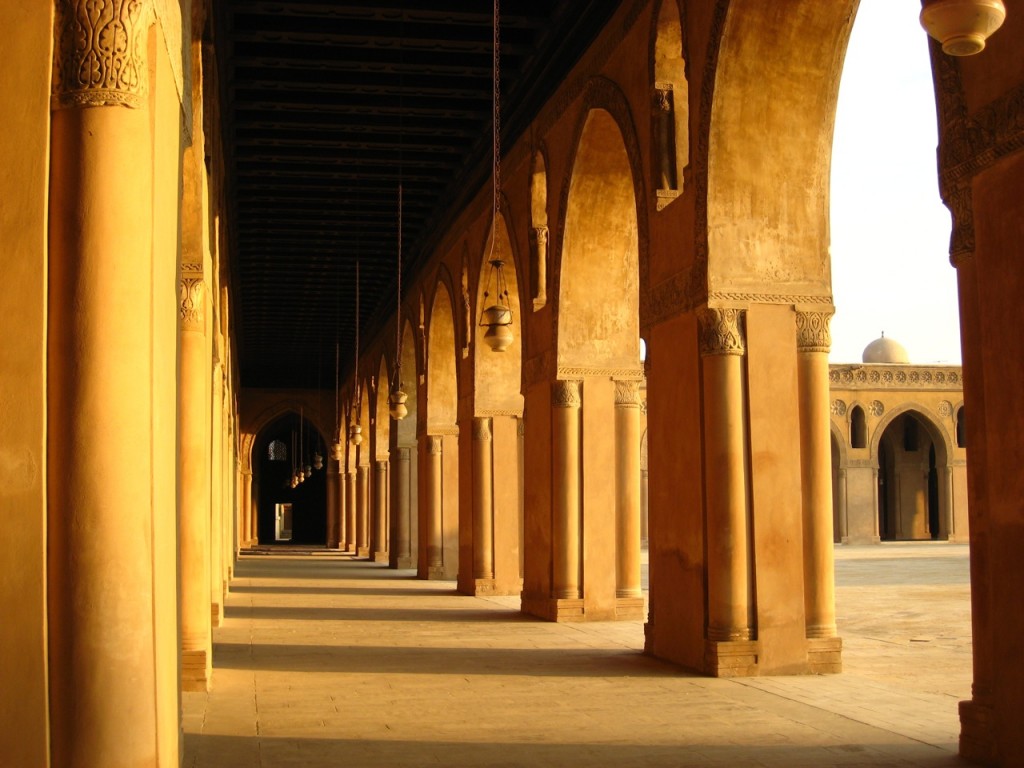
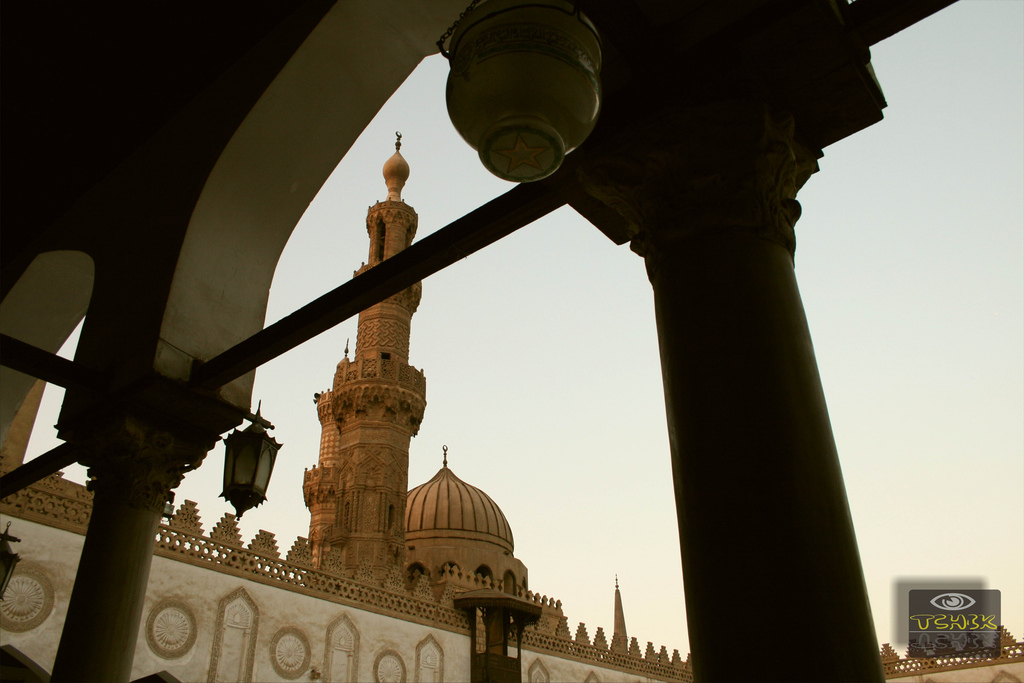
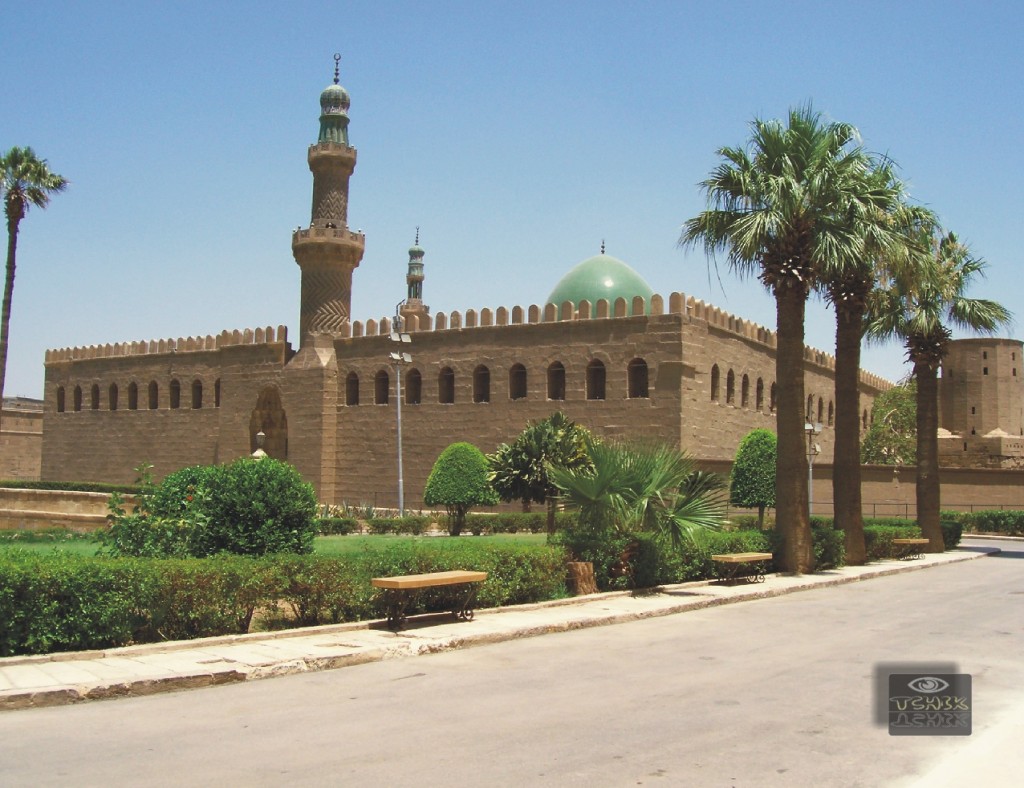
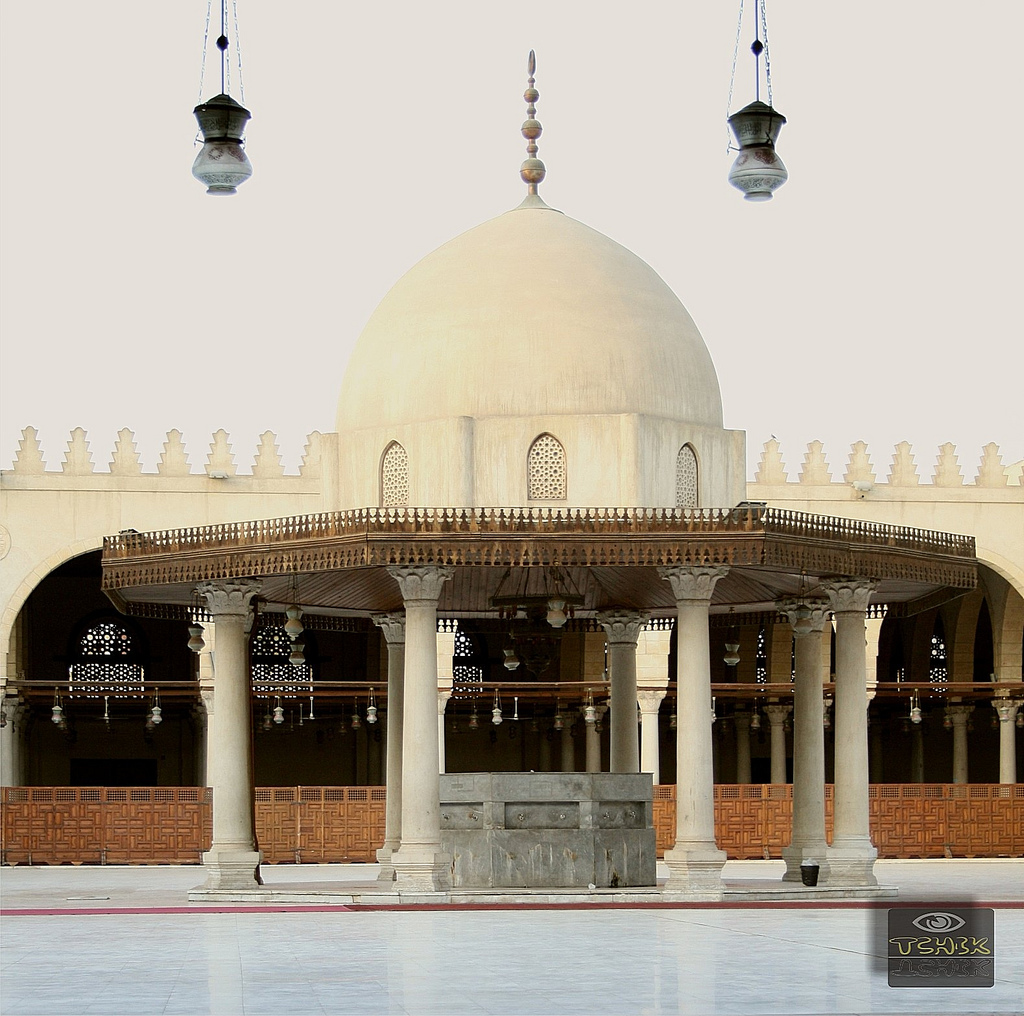
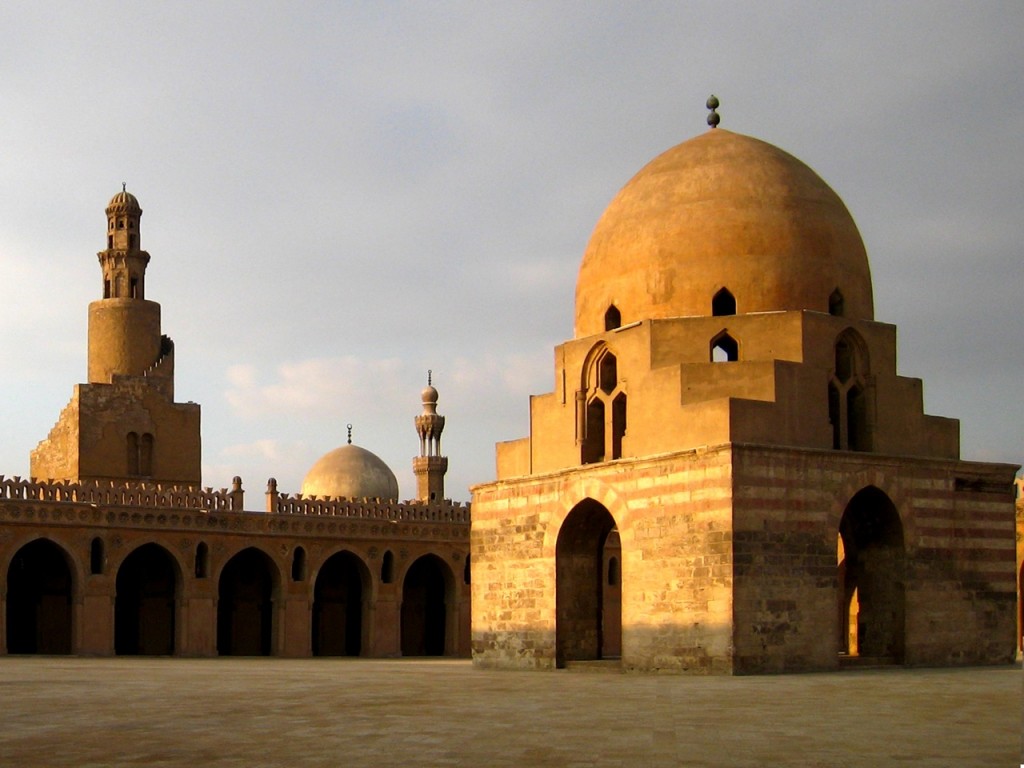
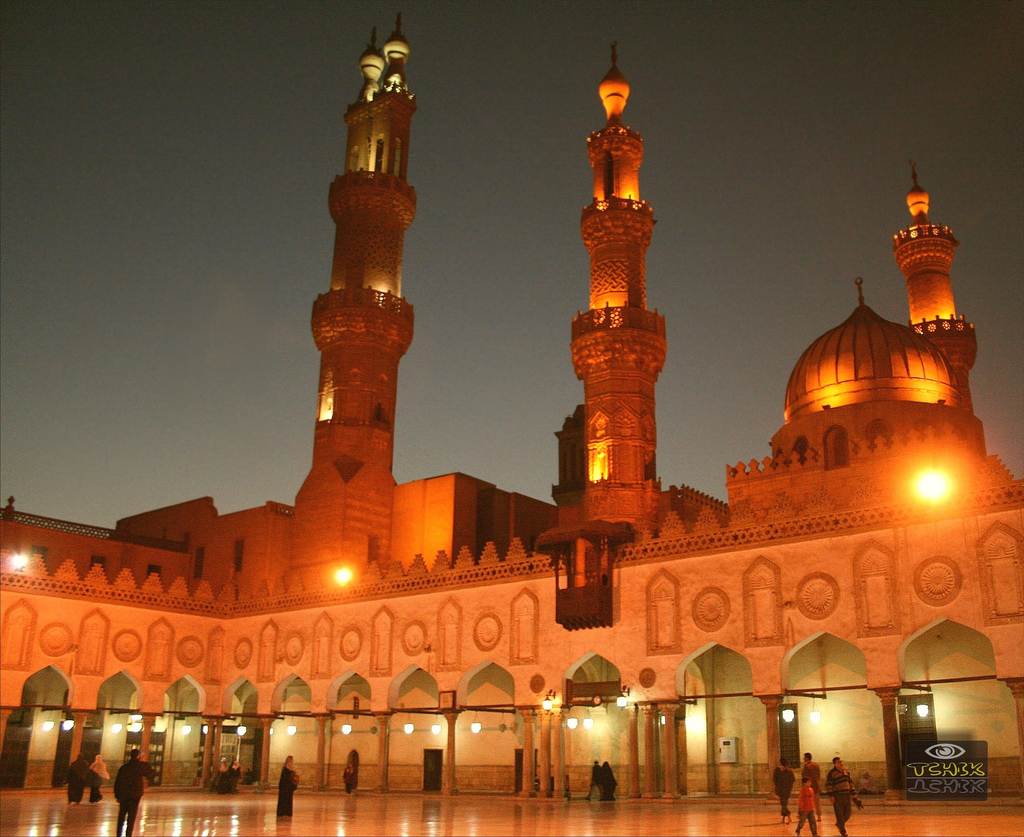
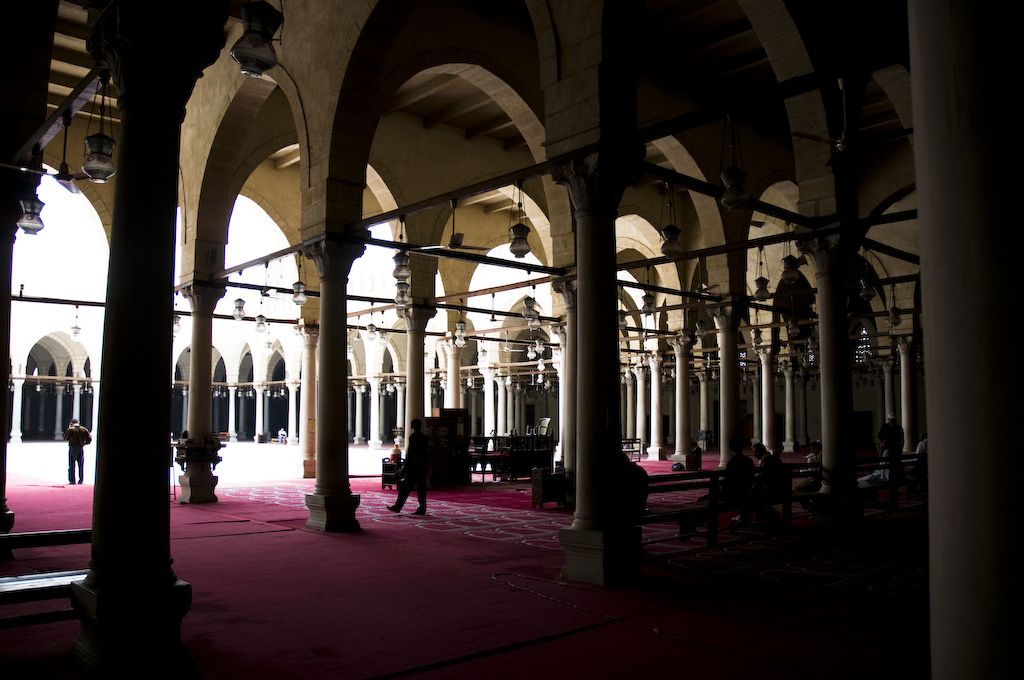








You are most welcome…
oh wow ..this information is quite useful for my presentation on cairo’s mosques…thankyou very much…